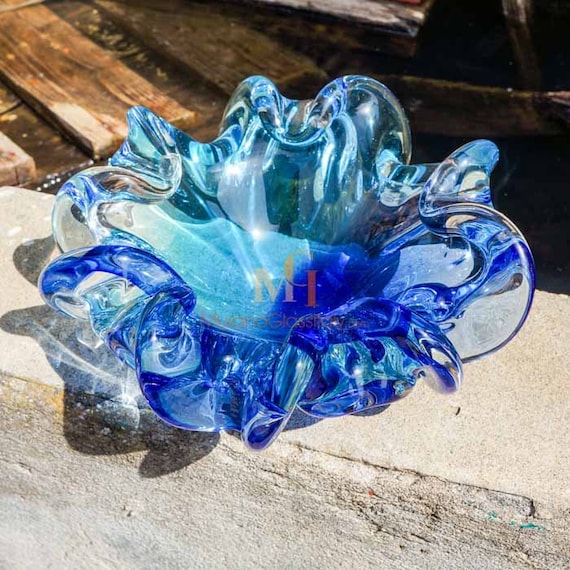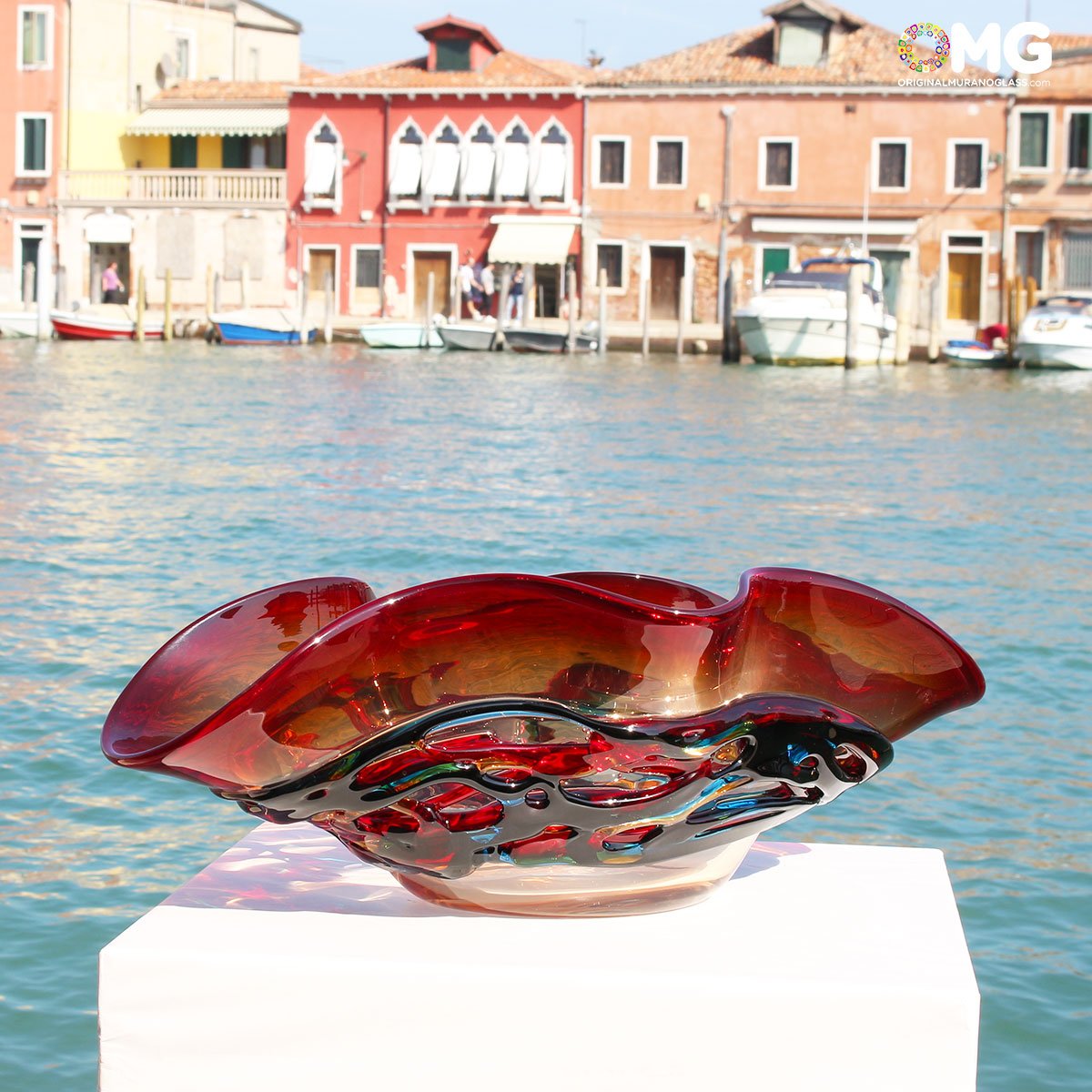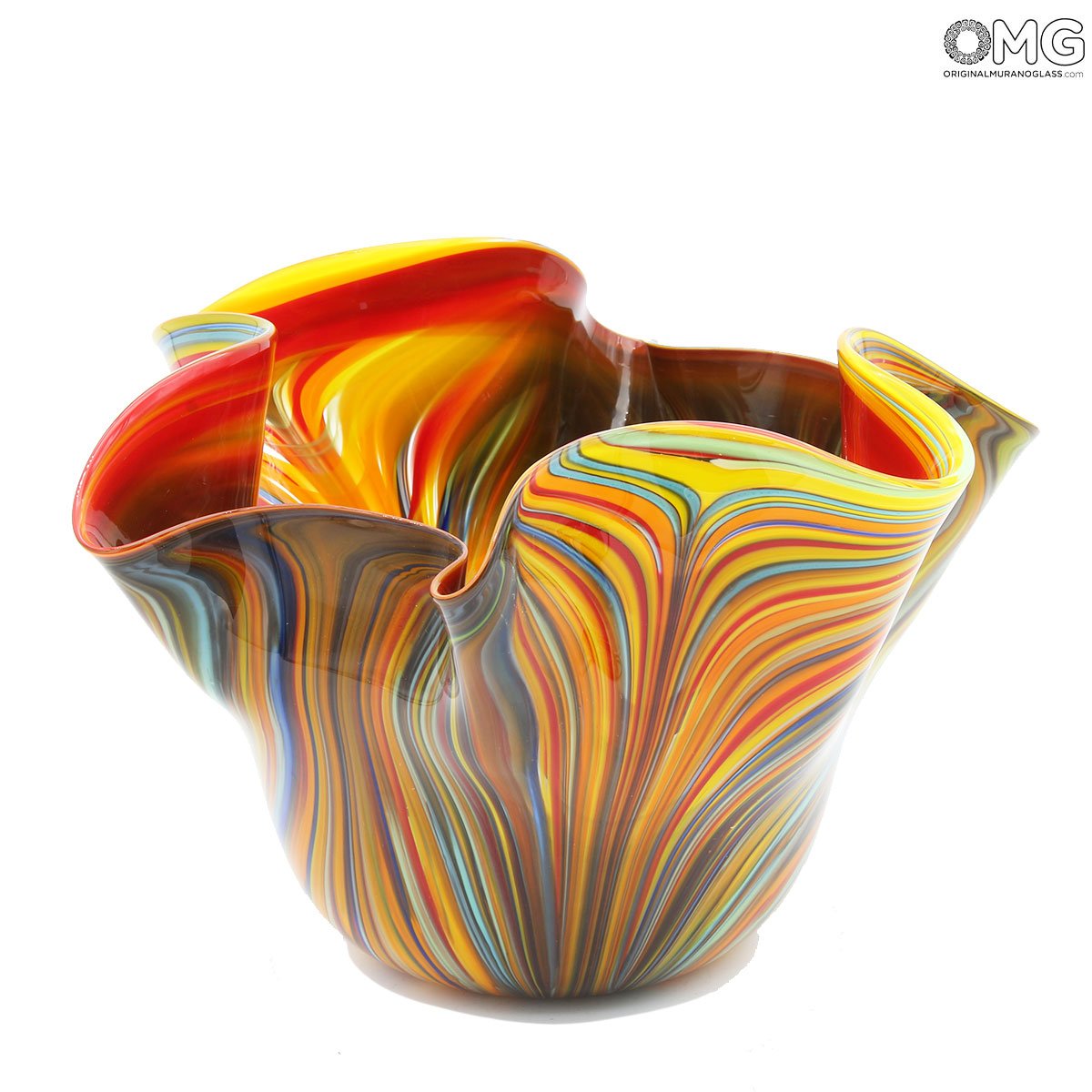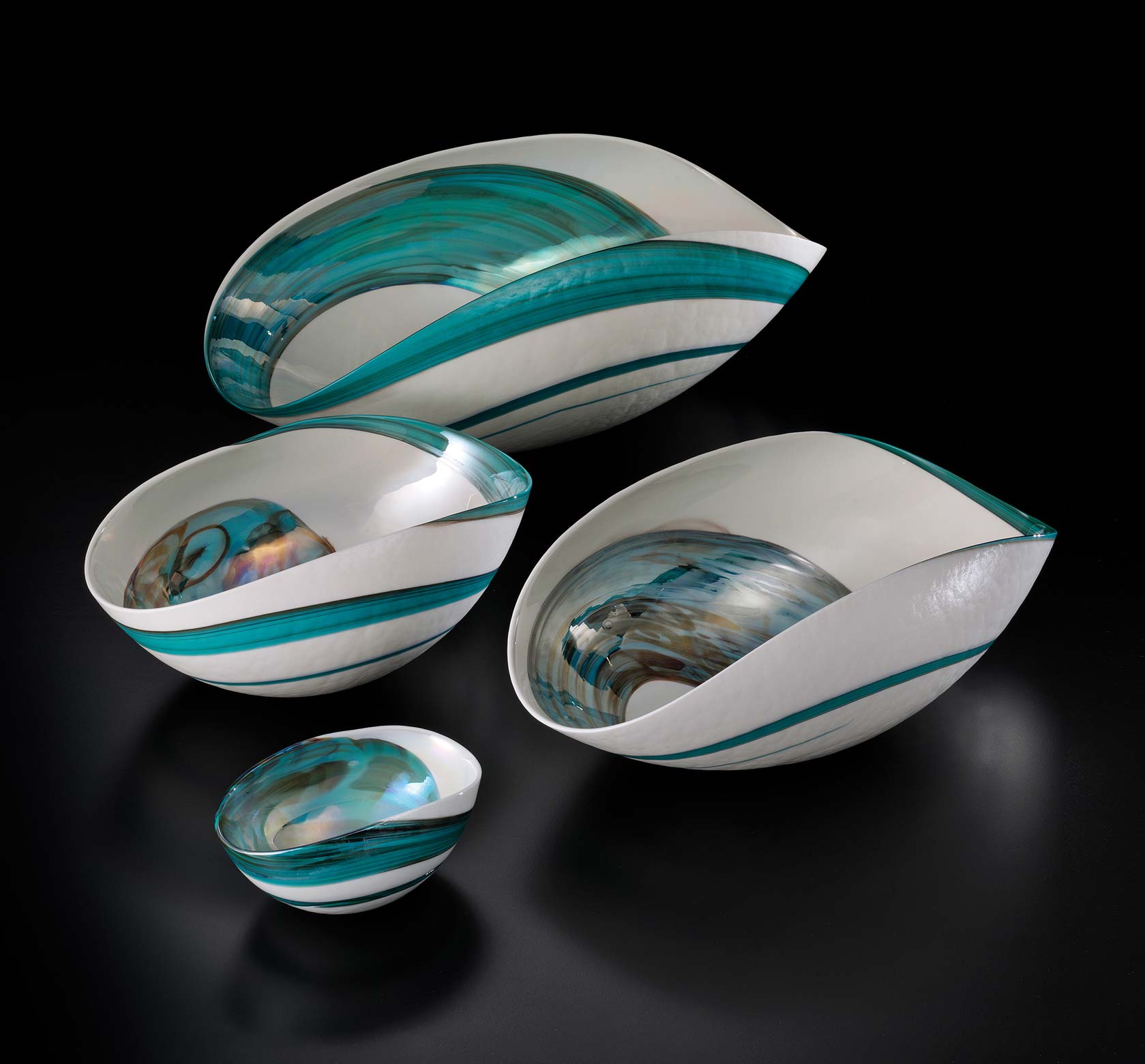Introduction to Murano Glass
Murano glass, with its rich history and exceptional craftsmanship, is a treasured art form that has adorned homes for centuries. Originating from the Venetian island of Murano, this glass is renowned for its intricate designs, vibrant colors, and unparalleled quality. In this article, we will delve into decorative bowls made from Murano glass, exploring their beauty, uses, and how they can enhance your living space.
The History of Murano Glass
Murano glassmaking began in the 8th century and has evolved over the years, incorporating various techniques and styles. Initially, glassmakers were relocated to Murano to reduce the risk of fire in Venice. Today, this tradition continues, with artisans using age-old methods to create stunning pieces. Understanding the history of Murano glass can deepen your appreciation for decorative bowls made from this material.
Why Choose Decorative Bowls Murano Glass?
Decorative bowls made from Murano glass are more than just functional home accessories. They are pieces of art that can add a unique touch to any room. Here are some reasons to consider adding these exquisite bowls to your collection:
- **Artistic Expression:** Each bowl is handcrafted, meaning no two pieces are exactly alike.
- **Vibrant Colors:** Murano glass is known for its bright, beautiful colors that can brighten any space.
- **Versatility:** These bowls can serve as centerpieces, serveware, or standalone art pieces.
- **Cultural Heritage:** Owning a piece of Murano glass connects you to centuries of craftsmanship and artistry.
Styles of Decorative Bowls Murano Glass
Murano glass bowls come in a variety of styles, reflecting the diverse techniques used by artisans. Here are several popular styles:
1. Traditional Murano Bowls
Characterized by their bright colors and intricate designs, these bowls often feature classic Venetian motifs.
2. Modern Murano Bowls
These pieces tend to have cleaner lines and a minimalist aesthetic while still showcasing the vibrant colors and craftsmanship of Murano glass.

3. Abstract Murano Bowls
With unique shapes and designs, abstract bowls provide a contemporary touch and can serve as conversation starters.
Comparison Table: Styles of Murano Glass Bowls
| Style | Characteristics | Best For |
|---|---|---|
| Traditional | Bright colors, intricate patterns | Classic and vintage decor |
| Modern | Clean lines, minimalist design | Contemporary spaces |
| Abstract | Unique shapes, artistic flair | Art collectors, conversation pieces |

Choosing the Right Decorative Bowl for Your Home
When selecting a Murano glass bowl, consider the following:
- **Size:** Ensure the bowl fits the intended space. A larger bowl can serve as a stunning centerpiece, while smaller bowls can accentuate side tables or shelves.
- **Color:** Choose colors that complement your existing decor. Murano glass bowls come in a wide array of shades, from deep blues to radiant reds.
- **Design:** Think about the style of your home. Traditional bowls may suit classic interiors, while modern designs may align better with contemporary settings.
How to Care for Your Murano Glass Bowls
To maintain the beauty and integrity of your Murano glass bowls, follow these care tips:
1. Regular Cleaning
Use a soft cloth and mild soap mixed with water to clean your bowls. Avoid abrasive materials that can scratch the surface.

2. Avoid Extreme Temperatures
Murano glass is sensitive to temperature changes. Keep your bowls away from direct sunlight and extreme heat sources to prevent cracking.
3. Safe Storage
When storing your bowls, wrap them in soft materials to avoid chips and scratches.

Pros and Cons of Owning Murano Glass Bowls
| Pros | Cons |
|---|---|
| Unique artistry | Can be more expensive than other glassware |
| Vibrant colors | Requires careful handling and maintenance |
| Versatile decor piece | Some styles may not suit all decor themes |
Where to Buy Decorative Bowls Murano Glass
When purchasing Murano glass bowls, consider the following reputable sources:
- **Local Artisans:** Support local artisans by visiting craft fairs or galleries that showcase Murano glass.
- **Online Retailers:** Platforms like Amazon, Etsy, and specialized glassware stores often have a selection of authentic Murano glass.
- **Direct from Murano:** Traveling to Murano allows you to purchase directly from artisans and learn about their craft.

Decorating with Murano Glass Bowls
Incorporating decorative bowls made from Murano glass into your home decor can enhance your space in various ways:
1. Centerpieces
Use a large Murano glass bowl as a dining table centerpiece filled with seasonal decor like fruit or flowers.
2. Shelving Accents
Display smaller bowls on shelves or side tables to create visual interest and color.

3. Decorative Displays
Combine multiple bowls of different sizes and colors on a console table for a stunning visual impact.
Personal Experience: My Journey with Murano Glass Bowls
As a passionate collector of Murano glass, I’ve had the pleasure of incorporating these beautiful bowls into my home. One particular bowl, a stunning blue and gold piece, has become a focal point in my living room. Each time I have guests over, they are drawn to its beauty, sparking conversations about its origin and craftsmanship. This personal connection to Murano glass has made my home feel more inviting and unique.

FAQs About Decorative Bowls Murano Glass
What is the best way to clean Murano glass bowls?
The best way to clean Murano glass bowls is to use a soft cloth with mild soap and water. Avoid harsh chemicals and abrasive materials.
Are Murano glass bowls dishwasher safe?
It is not recommended to put Murano glass bowls in the dishwasher due to the risk of breaking and damage from high temperatures.
How can I tell if a Murano glass bowl is authentic?
Look for a label or signature from the artisan, and ensure the craftsmanship and design reflect the quality associated with Murano glass.
Can I use Murano glass bowls for food?
While many Murano glass bowls are safe for food use, always check with the seller about the specific bowl’s intended use, especially if it has decorative elements.